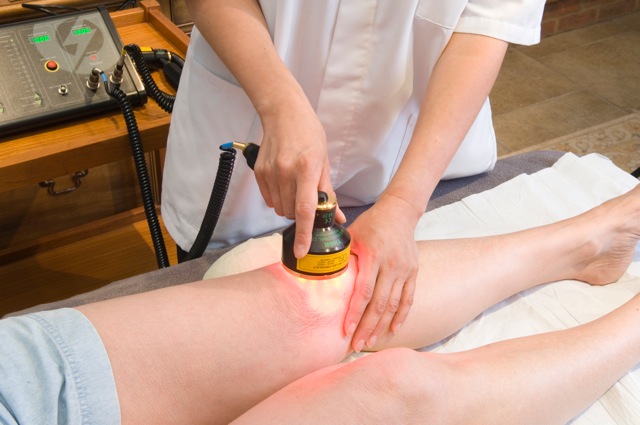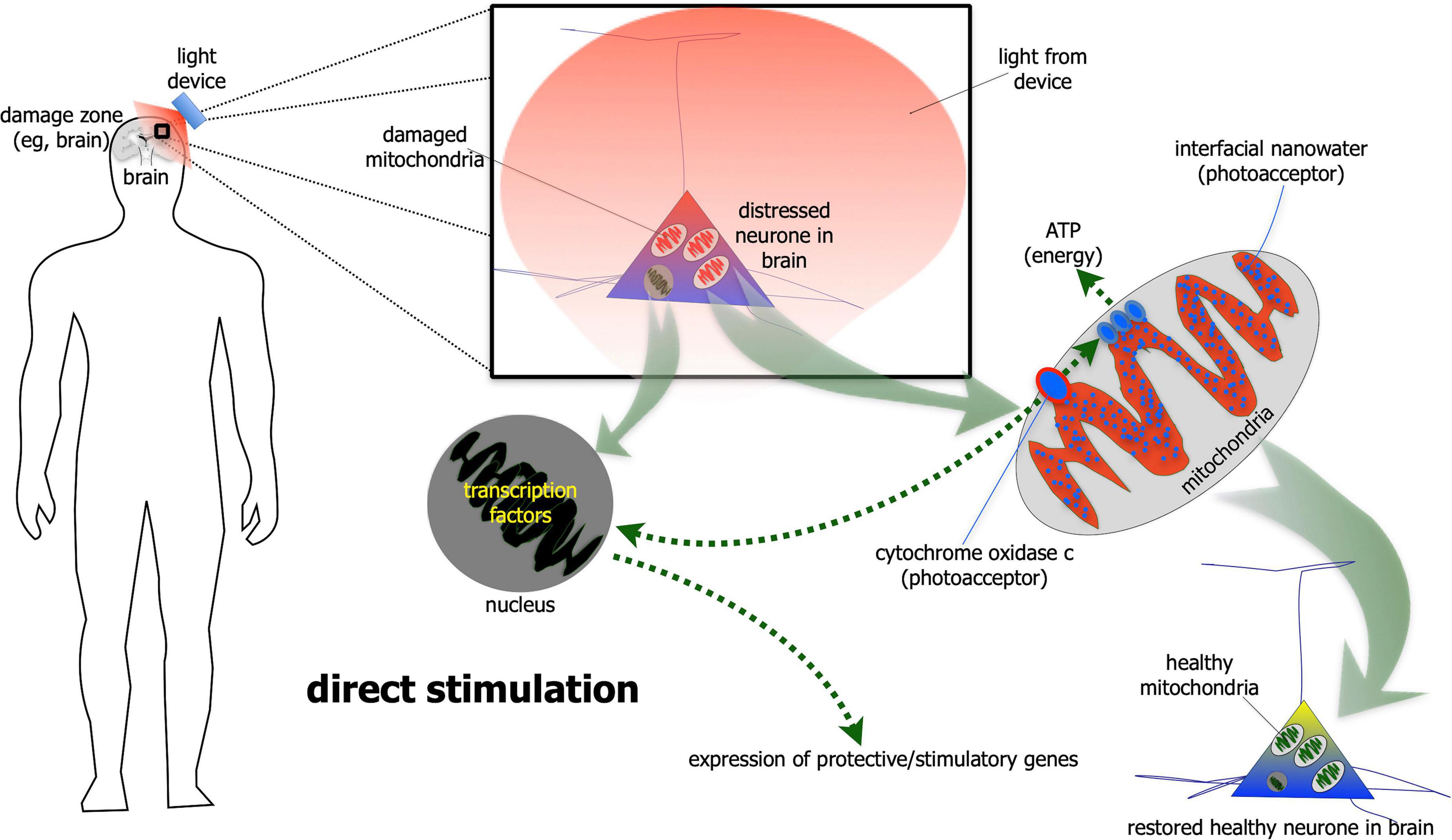How Photobiomodulation can Save You Time, Stress, and Money.
Wiki Article
All about Photobiomodulation
Table of ContentsPhotobiomodulation Can Be Fun For EveryoneHow Photobiomodulation can Save You Time, Stress, and Money.About PhotobiomodulationThe Ultimate Guide To Photobiomodulation
Laser therapy is a medical therapy that utilizes focused light to promote a procedure called. Throughout PBM, photons go into the cells and interact with the cytochrome c facility within mitochondria. This interaction causes a biological cascade of occasions that causes an increase in mobile metabolic process, which can in addition to increase the healing procedure.There is consensus that the application of a healing dosage of light to damaged or inefficient cells brings about a cellular response mediated by mitochondrial devices. Photobiomodulation. Researches have revealed that these changes can impact pain and inflammation, as well as, cells repair work
Adjustments in ATP, reactive oxygen types and nitric oxide adhere to light absorption by Cc, O. These impacts are redox state and dosage dependent. In hypoxic or otherwise stressed cells it has been revealed many times that complying with, nitric oxide is released, ATP is raised and oxidative stress is minimized [27-31]

More About Photobiomodulation
PBM tools have actually been removed for advertising by FDA via the Premarket Notification/510( k) procedure as adjunctive gadgets for the momentary relief of discomfort. These clearances were based on the presentation of professional data to support such insurance claims (Photobiomodulation). In this therapy, a source of light is positioned near or touching the skin, permitting the light energy (photons) to penetrate cells where it interacts with chromophores situated in cells resulting in photophysical and photochemical changes that bring about modifications at the molecular, cellular and cells degrees of the bodyInterestingly, current research study shows that light can improve efficiency in typical cells and cells. The prospective applications of PBMT are many and are being checked out experimentally at the standard science, pre-clinical and professional level. The current scientific uses are for the alleviation of discomfort and inflammation and the therapy of sporting activities injuries.

The treatment parameters and number of sessions needed for PBMT are dependent upon location and reason. PBMT generally calls for even more than one therapy for ideal pain relief.
Not known Details About Photobiomodulation
Therapy specifications for PBMT were initially established making use of cells in vitro and in little pet designs. These therapy parameters normally had a low irradiance and fluence and worked well for cutaneous applications. When medical professionals began to make use of PBMT to deal with structures that were located deeper in the body, they made use of these criteria with negative results.
We now recognize that these negative research studies were due to wrong device and treatment specifications for transcutaneous therapy of much deeper structures. Recent breakthroughs in laser therapy devices and more study right into the appropriate dosages have substantially enhanced the results of PBMT. For treating deep tissues, the wavelength of light utilized establishes the depth of penetration into a tissue.
It is important that a clinician makes use of the suitable wavelength of light and parameters to deal with a problem. One wavelength and one set of treatment parameters will not work for all conditions. Adverse negative effects have not been reported from the use of PBMT (Photobiomodulation). Updated June 27, 2016Juanita j
Light therapy is a non-invasive treatment his explanation that works by enhancing the ability of the cell to create power (ATP) to recover the location being treated. Consequently, it can decrease swelling, swelling, and discomfort in the area. Research in this field is increasing, with even more thorough research papers linked below for those that would love to discover much more.
Top Guidelines Of Photobiomodulation
In the very first experiment, Dr. Endre Mester, utilized cut rats and observing how the laser impacted their capability to grow hair compared to the team that was not receiving LLLT. He discovered that the team of computer mice getting LLLT had the ability to grow their hair back image source quicker than the group of computer mice that didn't get LLLT (Hoon C, et alia; 2012).This therapy is termed in this manner to separate the distinction in between the lasers some professions use to reduce (eg. in surgeries, or oral treatments). Low-level light treatment is pain-free, non-invasive treatment. It is used to reduce swelling, swelling, and chronic joint problems, decrease pain and increase injury recovery of nerves and cells (Hoon C, et al; 2012).
LLLT has a biphasic action, suggesting that reduced doses are usually attended be a lot more beneficial than greater dosages. That being claimed, dosages greater or less than the ideal dosage does not influence (Hoon C, et alia; 2012). Because of this, it can be challenging to have researches on LLLT with numerous criteria.
Some firms incorporated both (LED and laser) to offer a much more well-shaped therapy given that lasers can penetrate deeper than LED and infrared light (Norman Doidge, The Brain's Means of Recovery, 2015). During treatment, the area that is being treated is revealed to LED light from a Bio, Flex Laser, which web is at 660 nm wavelength, adhered to by infrared light at 830-840 nm wavelength.
Report this wiki page